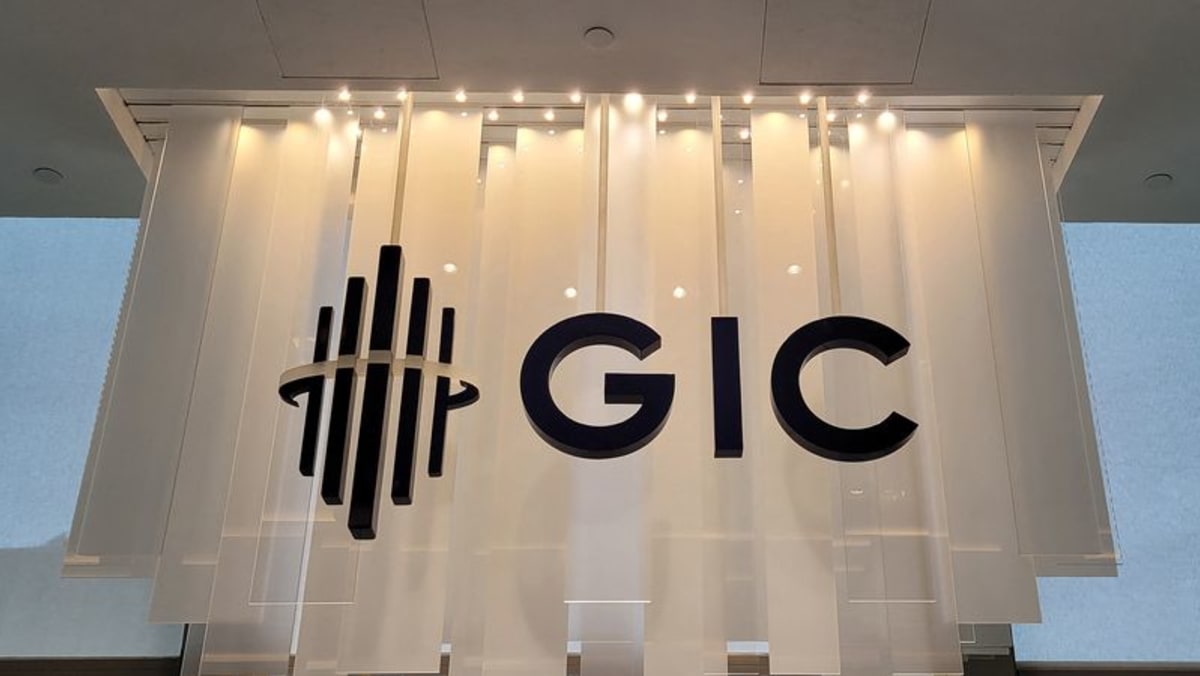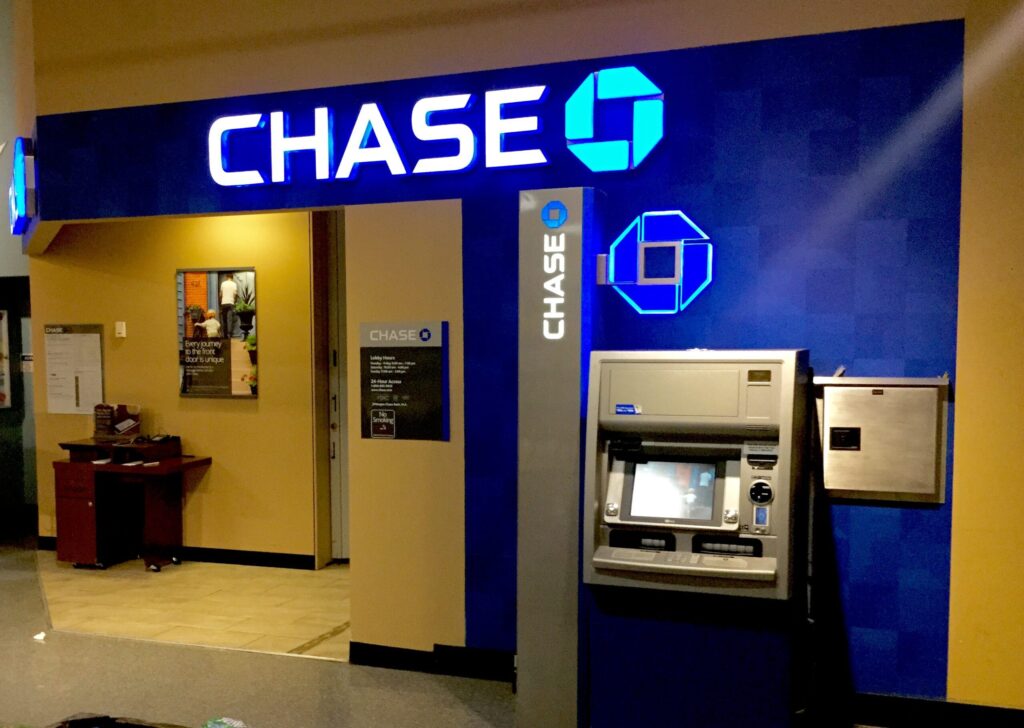 SINGAPORE: Singapore sovereign wealth fund GIC posted for the latest financial year its highest returns since 2015, but cautioned “challenging” prospects ahead amid sticky inflation and other economic headwinds.
SINGAPORE: Singapore sovereign wealth fund GIC posted for the latest financial year its highest returns since 2015, but cautioned “challenging” prospects ahead amid sticky inflation and other economic headwinds.
To manage these risks, it said it would continue to focus on investment opportunities with “stable long-term returns”, such as infrastructure.
In its 2022/23 annual report released on Wednesday (Jul 26), GIC said its 20-year annualised real rate of return came in at 4.6 per cent for the year ended Mar 31.This was up from 4.2 per cent in the previous financial year, and its highest since 2015 when real returns hit 4.9 per cent.
The 20-year metric – a primary indicator of GIC’s investment performance – is a “rolling” return where years are dropped and added as the computation window moves.
For instance, the figure for FY2022/23 represented the average annual return of GIC’s portfolio between April 2003 and March 2023, with global inflation taken into account.
GIC noted in its report that 2022 was a challenging year marked by soaring inflation and aggressive monetary policy tightening, Russia’s invasion of Ukraine and a deterioration in US-China relations.Both equity and bond markets corrected amid the difficult market environment.
A diversified portfolio and cautious investment stance provided it with some cushion from the market correction, it said.
The drop-out of “a very weak year” – caused by the dotcom crash in the early 2000s – from the 20-year window also helped to shore up GIC’s key return metric, said chief executive officer Lim Chow Kiat at a press briefing ahead of the report’s release.
He said uncertainty remained “high” with multiple headwinds persisting on the horizon.
The 20-year real return of GIC’s portfolio stands at 4.6 per cent this year, 0.4 per cent up from the previous year.(Graphic: GIC) Apart from sticky inflation and chronic geopolitical risks, GIC sees disruptions to businesses arising from the shift to a regime of higher interest rates, along with the emergence of generative artificial intelligence (AI).
Asked what that would mean for future returns, Mr Lim said: “We have been warning about lower returns over time.
“Even for the 20-year number, it’s hard to foretell what that number is (year to year).But generally, the investment environment is uncertain … so I think it is better to assume that the return prospects are challenging.”
INFRASTRUCTURE OPPORTUNITIES GIC said investments into infrastructure would provide opportunities for “inflation-protected returns” and was one way to navigate the uncertain environment.
This is because several aspects of infrastructure, such as rental income, are “inflation-linked”, said GIC’s group chief investment officer Jeffrey Jaensubhakij.Infrastructure is also tied to essential services such as utilities, which remain much needed even in an economic downturn.
“So that stability is actually quite valuable, as we go into an uncertain environment,” he said.
In particular, GIC is “focused on businesses which generate stable, predictable and often times have inflation-linked cash flows across macroeconomic cycles”, said Mr Ang Eng Seng, chief investment officer for infrastructure.
This generally includes businesses that are regulated, have long-term offtake contracts or are in segments with high barriers to entry, he added.
Opportunities in infrastructure are “large and growing” due to factors such as energy transition and the digitalisation of the economy.These two trends have led to the need for new infrastructure like fibre networks, data centres as well as green power generation and storage, Mr Ang said.
GIC has increased the size of its infrastructure portfolio by five times since 2016, with an annual deployment pace of US$10 billion (S$13.3 billion) to US$20 billion in new commitments a year.
These investments are highly diversified and spread across six continents, according to Mr Ang.
This ramp-up in infrastructure investments could be seen in the increased composition of real estate in GIC’s portfolio, which went up to 13 per cent from 10 per cent.
Elsewhere, allocations to emerging market equities inched up by one percentage point to 17 per cent, while that of developed market equities was cut by one percentage point to 13 per cent.
Nominal bonds and cash, which are generally seen as safer investments, still accounted for the biggest share of the portfolio at 34 per cent, although that marked a drop from 37 per cent a year ago.
Allocation to inflation-linked bonds and private equity remained unchanged at 6 per cent and 17 per cent, respectively.
Related: GIC to buy Japan logistics assets from Blackstone for US$800 million GIC sets up new sustainability office to deepen green research and integration efforts GIC increases investments in inflation-resilient assets as 20-year annualised real return dips to 4.2% ON SUSTAINABILITY, GENERATIVE AI GIC is also eyeing sustainability-related investment opportunities, with the creation of focused teams within asset classes.
These include a sustainability solutions group in private equity that will increase investments to early-stage energy transition opportunities.
A transition and sustainable finance group in the fixed income and multi asset department will also invest in opportunities such as decarbonisation and the grey-to-green transition.
“We see expanding opportunities in the green transition space, and are confident that the new teams, as well as all other investment teams, will further integrate sustainability factors into GIC’s investment and corporate processes,” Mr Lim said.
Asked for GIC’s assessment of potential disruptions from generative AI, Mr Jaensubhakij said it remains too early to conclude how this technology would be used and who would benefit.
New AI companies are also rapidly emerging every week and it “isn’t very clear” which ones will eventually dominate, he said.“What we’ve found with a lot of these technology waves is that it pays to not put too much in too broadly too early, because it’s very hard to identify the winners.”
While there are companies currently benefiting from the recent rush of interest in AI – such as US-listed chip company Nvidia whose shares have soared in recent months – Mr Jaensubhakij said the question would be how much has been priced in by the market.
Still, more broadly speaking, technology remains a key part of GIC portfolio.
“We continue to take a very strong interest in, I would say, everything tech,” said Mr Lim.
“Different components (within the industry) go through ups and downs.AI is now kind of on the way up, other areas could be on the way down, but overall we believe that tech disruption or tech innovation remains a very key driver of economic growth, business profitability or investment opportunities.”
Source: CNA/sk(jo) Related Topics GIC Advertisement Also worth reading Content is loading…Advertisement Expand to read the full story.
